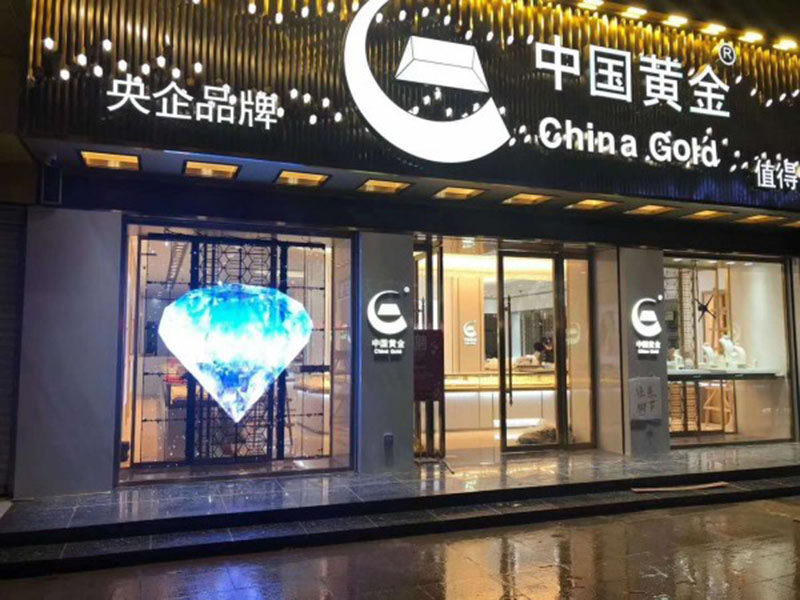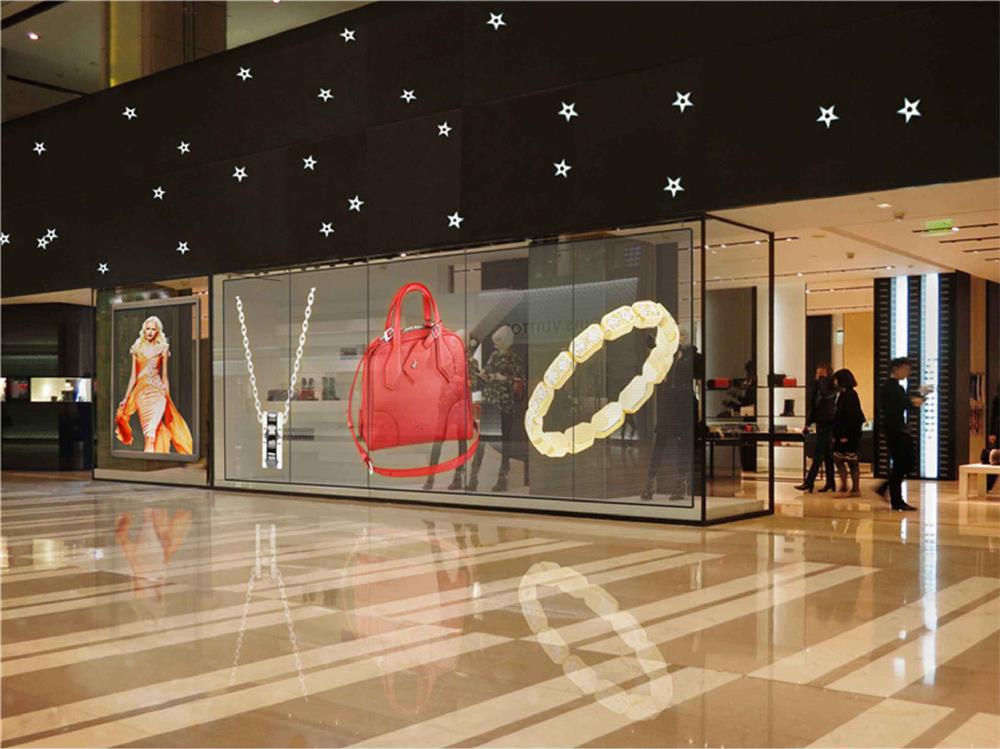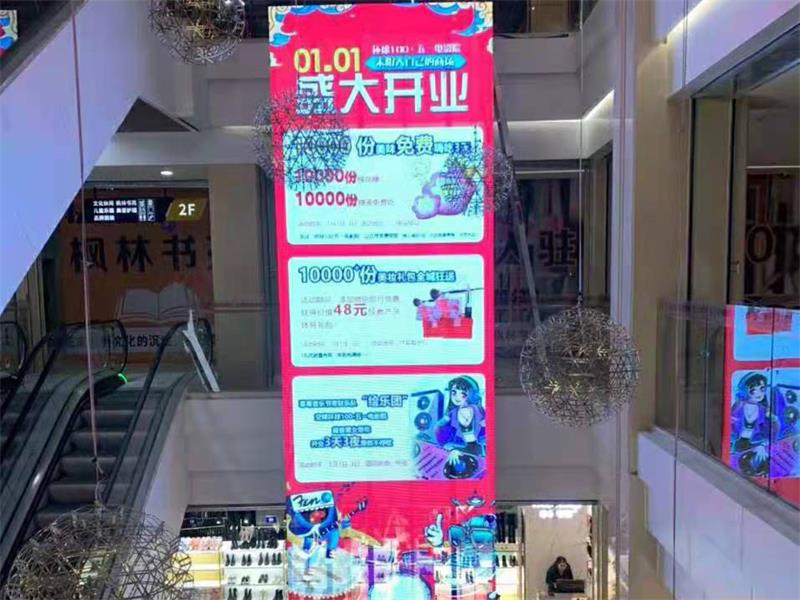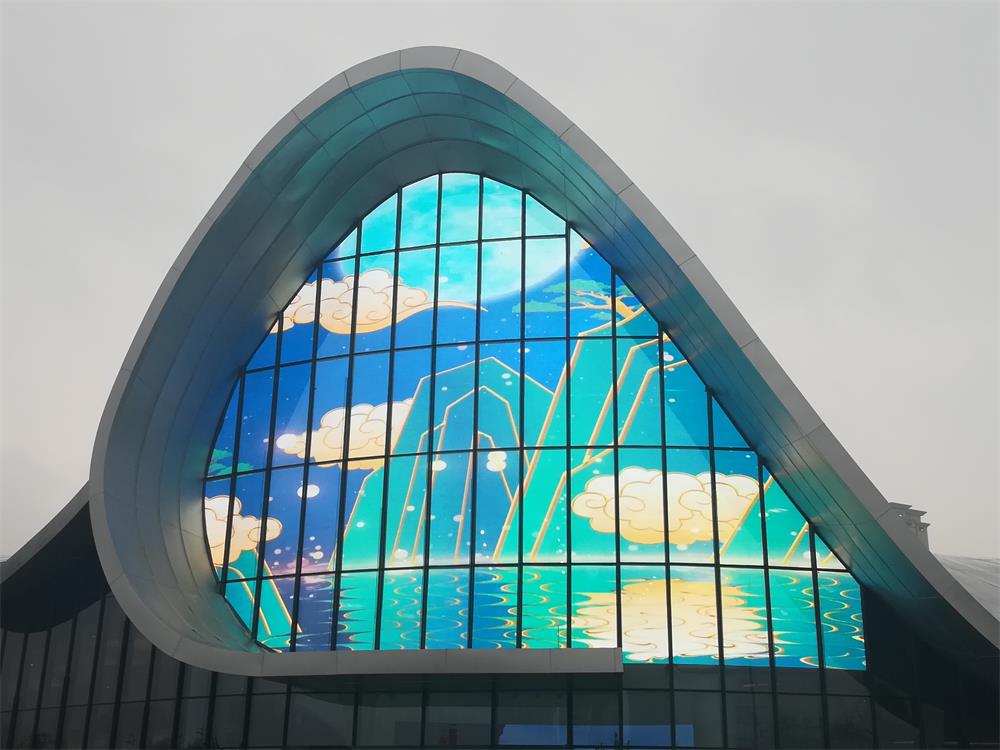Transparent screens can be used in various industries and environments for different purposes. Here are five common applications for transparent screens:
- Retail: Transparent screens can be used in retail stores to display product information, prices, and promotions without obstructing the view of the displayed items. They can also be integrated into store windows to create an interactive shopping experience.
- Advertising: Transparent screens can be used in advertising displays to showcase dynamic content in a visually appealing manner. Whether it’s a digital billboard, a transparent video wall, or interactive signage, transparent screens help capture the attention of viewers while blending seamlessly with the surrounding environment.
- Hospitality: In the hospitality industry, transparent screens can be used in hotels and restaurants to provide guests with relevant information or entertainment without disrupting the ambiance. They can be placed in lobbies, reception desks, or even on tables to enhance the guest experience.
- Museums and Galleries: Transparent screens can be incorporated into exhibits in museums and galleries to display contextual information, videos, or interactive content about the displayed artwork or artifacts. This allows visitors to gain a deeper understanding and engagement with the exhibits.
- Automotive: Automobile manufacturers have started incorporating transparent screens into their vehicles, such as windshields and side mirrors, to provide drivers with crucial information like GPS navigation, speedometer readings, and safety alerts. This technology improves visibility and enhances the driving experience.
Overall, transparent screens have versatile applications in industries ranging from retail and advertising to hospitality, museums, and the automotive industry. They offer a unique way of displaying content while maintaining visibility through the screen, creating endless possibilities for innovation and user engagement.
Post time: Nov-15-2023







